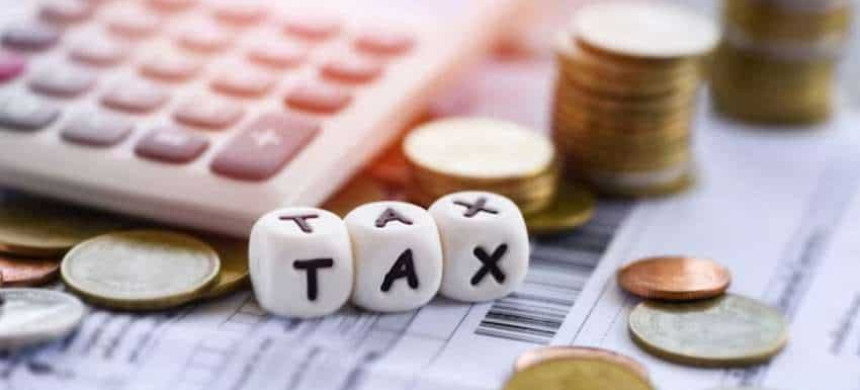Pakistan’s Salaried Middle Class Purchasing Power Halved in Four Years Despite Pay Raises
Pakistan’s salaried middle class has seen its real purchasing power shrink by nearly 50% over the past four years, despite inflation-adjusted salary increases. Inflation and heavy taxation have eroded the gains in gross salaries, leaving workers with significantly less disposable income.
- From 2022 to 2025, gross salaries rose by 56%, but income taxes surged by about 165%, wiping out much of the real income.
- Inflation peaked at 29.7% in 2024 and, although it has dropped to 4.1% this year, the prices of essentials remain high.
- In 2024, a 15% salary increase was effectively negated by inflation, causing a Rs. 1.38 million loss in yearly take-home pay for someone earning Rs. 3.16 million.
- So far in 2025, income tax on salaries increased by 44.19%, compared to a 17% rise in 2022.
Read more: Finance Minister Signals Possible Easing of Tax Burden on Salaried Individuals
Tax Relief Proposal for 2025-26 Budget
- The government plans to introduce tax relief for salaried individuals earning between Rs. 1.2 million and Rs. 7.8 million annually.
- Proposed reductions could save Rs. 25,000 to Rs. 190,000 annually, depending on income level.
- For example, a person earning Rs. 3.6 million could save Rs. 85,000, while someone with Rs. 6 million income might save Rs. 160,000.
- Those earning up to Rs. 600,000 per year will remain fully exempt from income tax.
- There is also a suggestion to exempt incomes up to Rs. 1 million annually.
The salaried class has already contributed over Rs. 450 billion in income tax in the first ten months of the current fiscal year, with expectations to reach Rs. 550 billion by June 2025. Middle-income earners (Rs. 200,000–300,000 monthly) face effective tax rates of 40-45%, while higher earners pay an additional 10% surcharge on top of a 40% rate.











